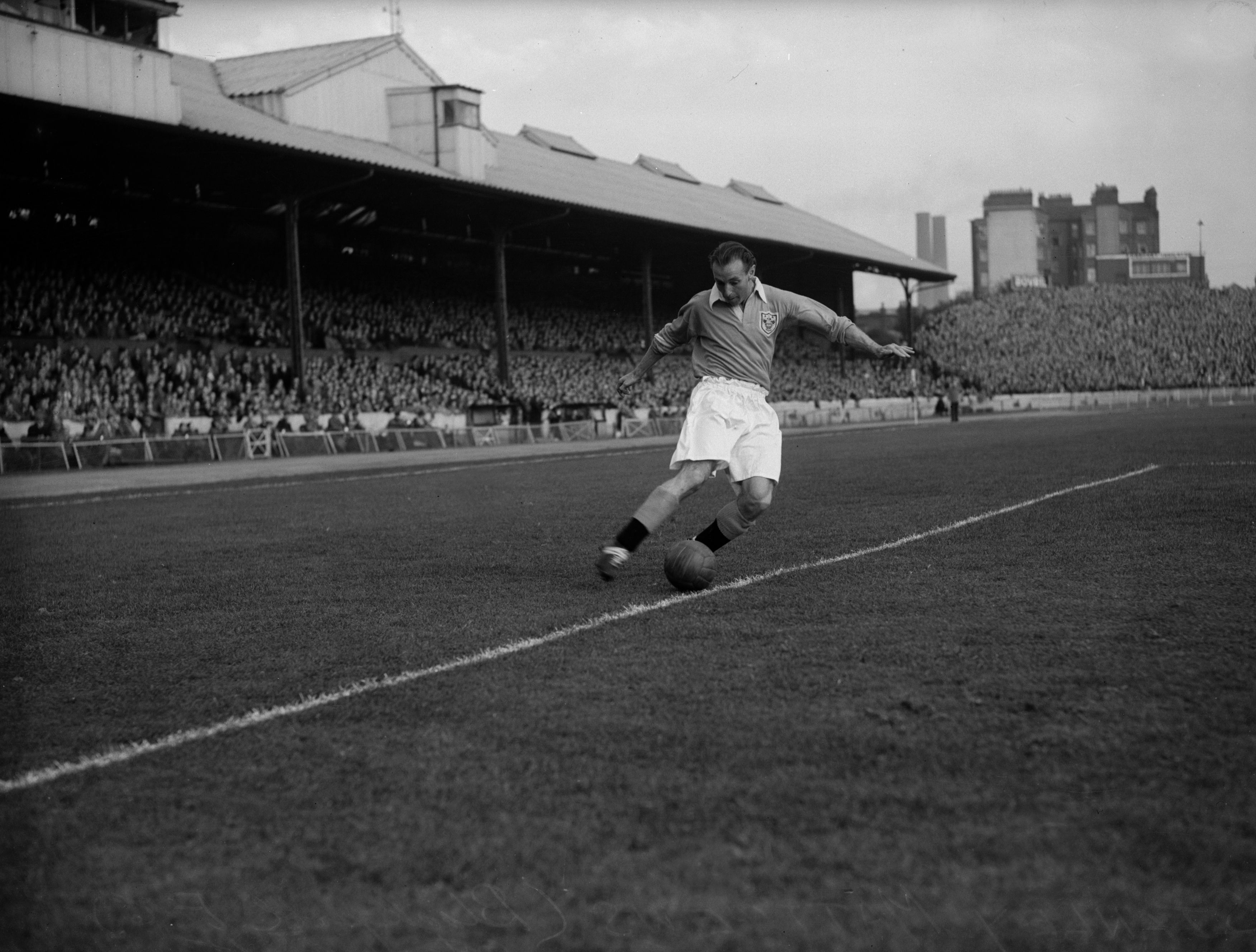Lords laid on a nifty do the other day for the British Sports Book Awards, which was a great reminder of the quality of so much sports writing here.
The best books duly won — Gideon Haigh’s perfectly pitched On Warne (Simon and Schuster), and the Sunday Times journalist David Walsh’s biblical Seven Deadly Sins: My Pursuit of Lance Armstrong (Walsh must by now have an Armstrong-themed trophy cabinet the size of Sir Alex Ferguson’s). But if you want a tip for next year, keep an eye on my former colleague Jon Henderson’s staggeringly well-researched life of Stanley Matthews, The Wizard (Yellow Jersey Press).
It’s the first unauthorised biography of a man who was a global celebrity, and the most famous footballer in the world for a time. He died in 2000 and more than 100,000 people packed the streets for his funeral. The statistics of his career are staggering: he was 42 when he made his last appearance for England in 1957, more than 22 years after his first, and he was 50 when he played his last League match, for Stoke in 1965.
From very early on in his career he would regularly add upwards of 10,000 to a gate. Matthews helped pull in the highest crowd for an international match — an eye-watering 149,547 for Scotland v England in 1937. Apart from at the very end of his career, he never earned more from playing than £20 a week, the most you could make till the maximum wage was scrapped in 1961, though Matthews was always astute enough to market himself in other ways.
Through the agreeable mists of time, there is a perception that Matthews’s footballing life was unbuffeted by turbulence. Not so: he had uneasy relationships with four of his six managers. A lot of his team-mates resented his refusal to do his bit on tackling, and his insistence on having the ball passed to him.
But it is Matthews’s private life that is truly spectacular. His first marriage was loveless almost from the start, and the 52-year-old was probably on the lookout for an away fixture on a sponsors’ trip to Czechoslovakia in 1967 when he met Mila Winterova in Prague. She was a stylish and worldly interpreter on her fourth marriage, a main chancer if ever there was one, who had once been a low-level communist spy for the Czech regime.
But the spy who loved him was the pathway to happiness for Matthews. The relationship swiftly grew into something special, a genuine love affair that encompassed the Soviet invasion of Czechoslovakia, flight to Canada, and a sojourn in Malta before the couple eventually settled in Stoke in 1989.
The last years of his life were idyllic and happy, and he died shortly after Mila. To the end of his life he never knew about her activity as an agent, which admittedly was over long before he met her. It is a remarkable tale, and Henderson does it proud.
That’s some hinterland Sir Stan, and there have been quite a few sportspeople showing a bit of that these days too. First there’s the great Brazilian striker and World Cup winner Ronaldo, who’s doing a couple of years’ work experience with Sir Martin Sorrell’s WPP in London; Frank Lampard is penning a series of children’s books, which he’s made notes for over the years on Chelsea’s travels because, as he points out, he doesn’t do computer games and he doesn’t do golf; and Serena Williams, who can be a tricky girl to love sometimes, has learned French specifically so she could do on-court interviews in the language (as the New York Times put it) of Molière and Yannick Noah.








Comments